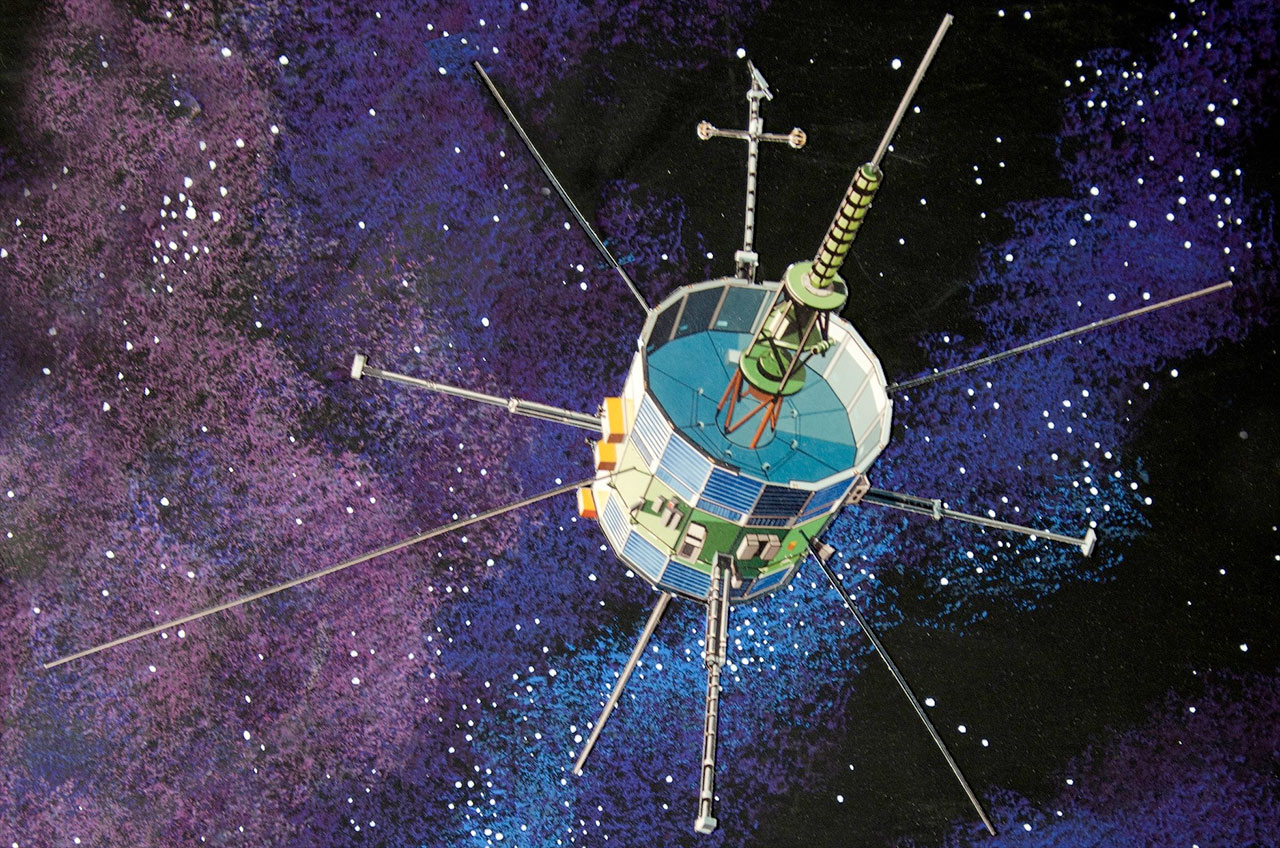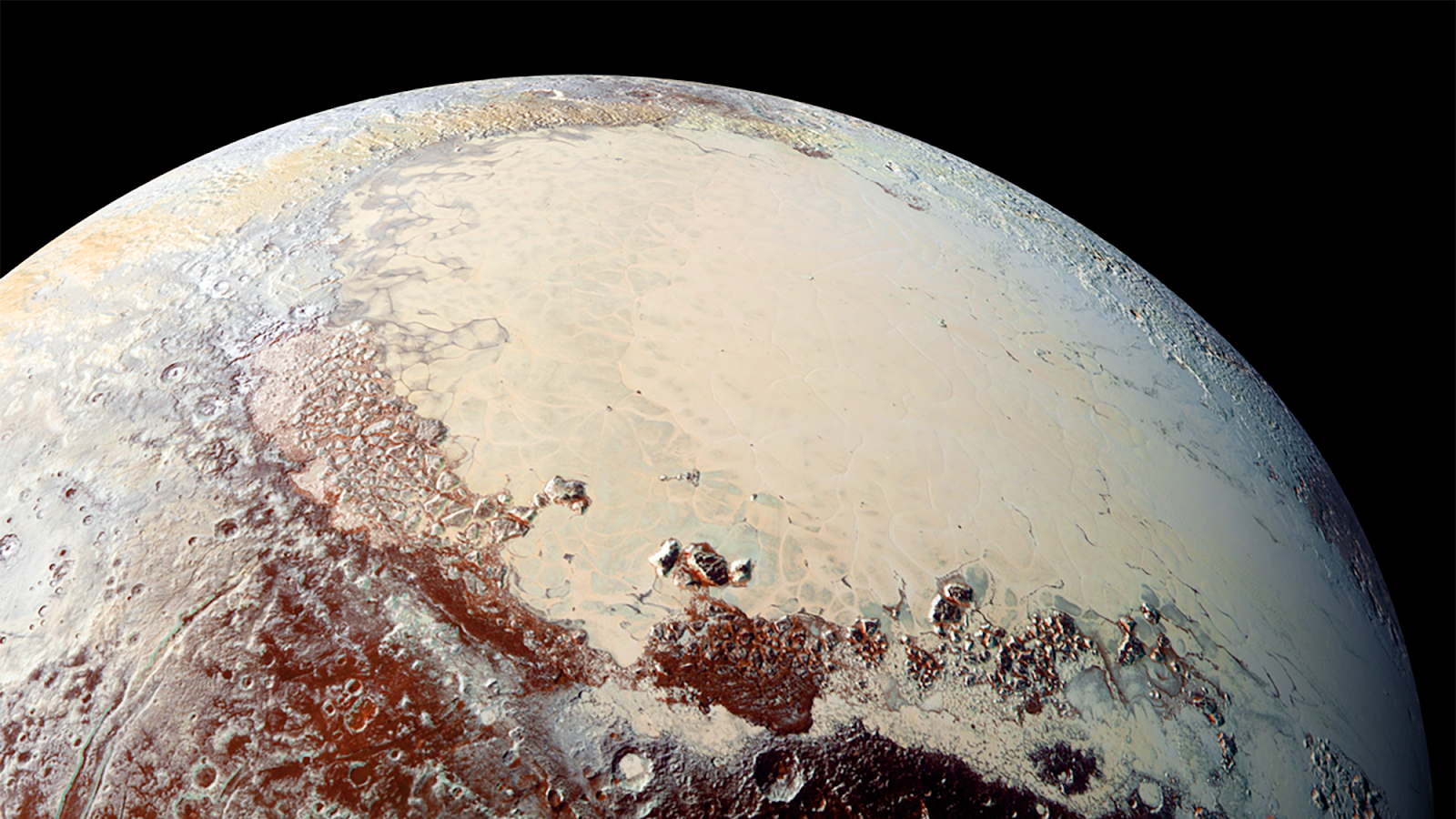Success! Private Team Fires 36-Year-Old NASA Probe's Engines

An old NASA spacecraft under the control of a private team fired its thrusters yesterday (July 2) for the first time in a generation.
NASA's International Sun-Earth Explorer 3 probe (ISEE-3), which the agency retired in 1997, performed the maneuver in preparation for a larger trajectory correction next week. The spacecraft hadn't fired its engines since 1987, ISEE-3 Reboot Project team members said.
It took several attempts and days to perform the roll maneuver because ISEE-3 was not responding to test commands. But this time, controllers got in touch. They increased the roll rate from 19.16 revolutions per minute to 19.76 RPM, putting it within mission specifications for trajectory corrections.
"All in all, a very good day," co-leader Keith Cowing wrote in a blog post on the ISEE-3 Reboot Project's website.
Cowing and his group are now gathering data from the spacecraft to get ready for its next contact with the Deep Space Network, a collection of NASA dishes the team is renting to get precise information on ISEE-3's location.
The next step will be to change the spacecraft's trajectory, which will likely happen next week, Cowing added. That might happen on Tuesday (July 7), the group said in a Twitter post.
With the help of over $150,000 raised via crowdfunding, the team reactivated the hibernating spacecraft a few weeks ago. ISEE-3 ceased operations in 1997 following a 19-year career that saw it perform a variety of missions, such as observing the sun and chasing comets.
Breaking space news, the latest updates on rocket launches, skywatching events and more!
The recent maneuvers were commanded using the Arecibo Observatory in Puerto Rico, through a command center in California. While the group is made up heavily of former NASA employees, the ISEE-3 Reboot Project pointed out that isn't true of all of its team.
"Some of our team members were not even born yet the last time the engines fired," the team said via Twitter, giving that date as Feb. 2, 1987.
ISEE-3 needs to be moved to put it in an advantageous position to communicate with Earth. In past interviews with Space.com, Cowing has said the group will focus on what to use the spacecraft for after rescuing it. Another priority will be seeing how well its 13 scientific instruments function.
At least one instrument, the magnetometer, is working well enough to do science. "Recent magnetometer data shows recent solar event," the team said via Twitter on Wednesday (July 1).
Follow Elizabeth Howell @howellspace, or Space.com @Spacedotcom. We're also on Facebook and Google+. Originally published on Space.com.
Join our Space Forums to keep talking space on the latest missions, night sky and more! And if you have a news tip, correction or comment, let us know at: community@space.com.

Elizabeth Howell (she/her), Ph.D., was a staff writer in the spaceflight channel between 2022 and 2024 specializing in Canadian space news. She was contributing writer for Space.com for 10 years from 2012 to 2024. Elizabeth's reporting includes multiple exclusives with the White House, leading world coverage about a lost-and-found space tomato on the International Space Station, witnessing five human spaceflight launches on two continents, flying parabolic, working inside a spacesuit, and participating in a simulated Mars mission. Her latest book, "Why Am I Taller?" (ECW Press, 2022) is co-written with astronaut Dave Williams.
